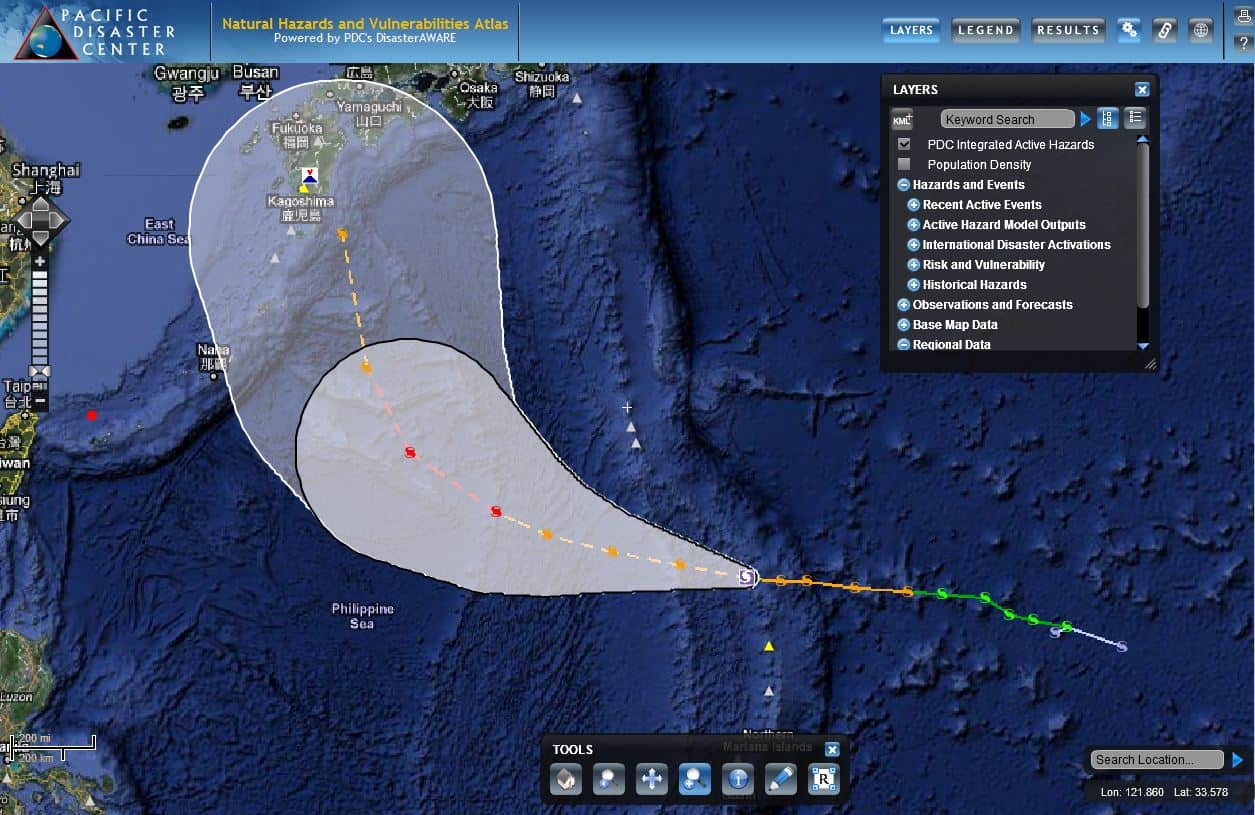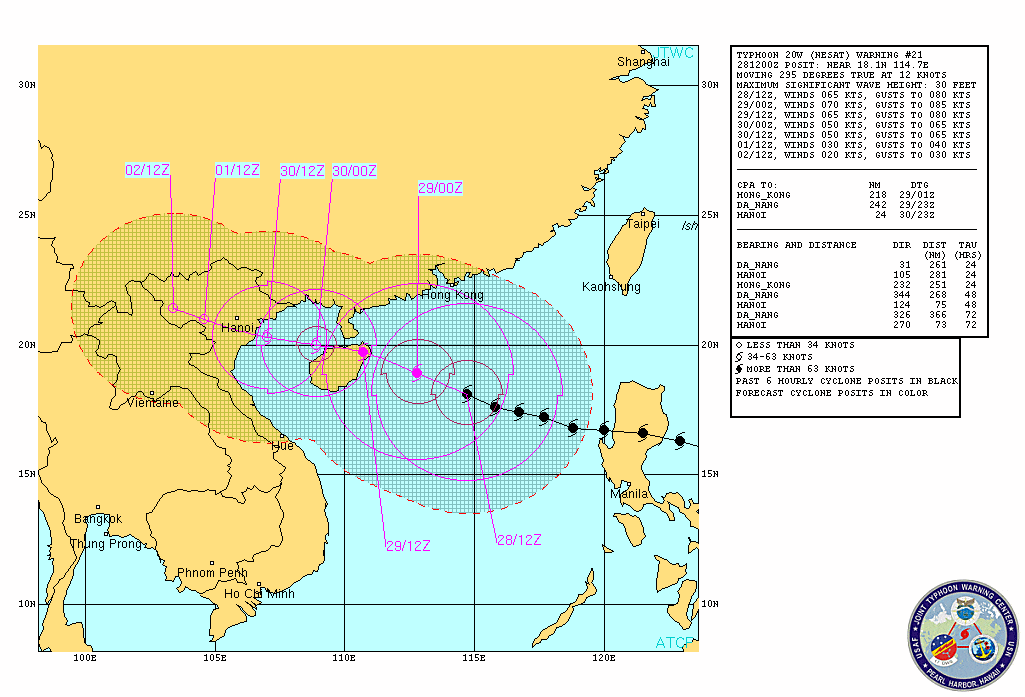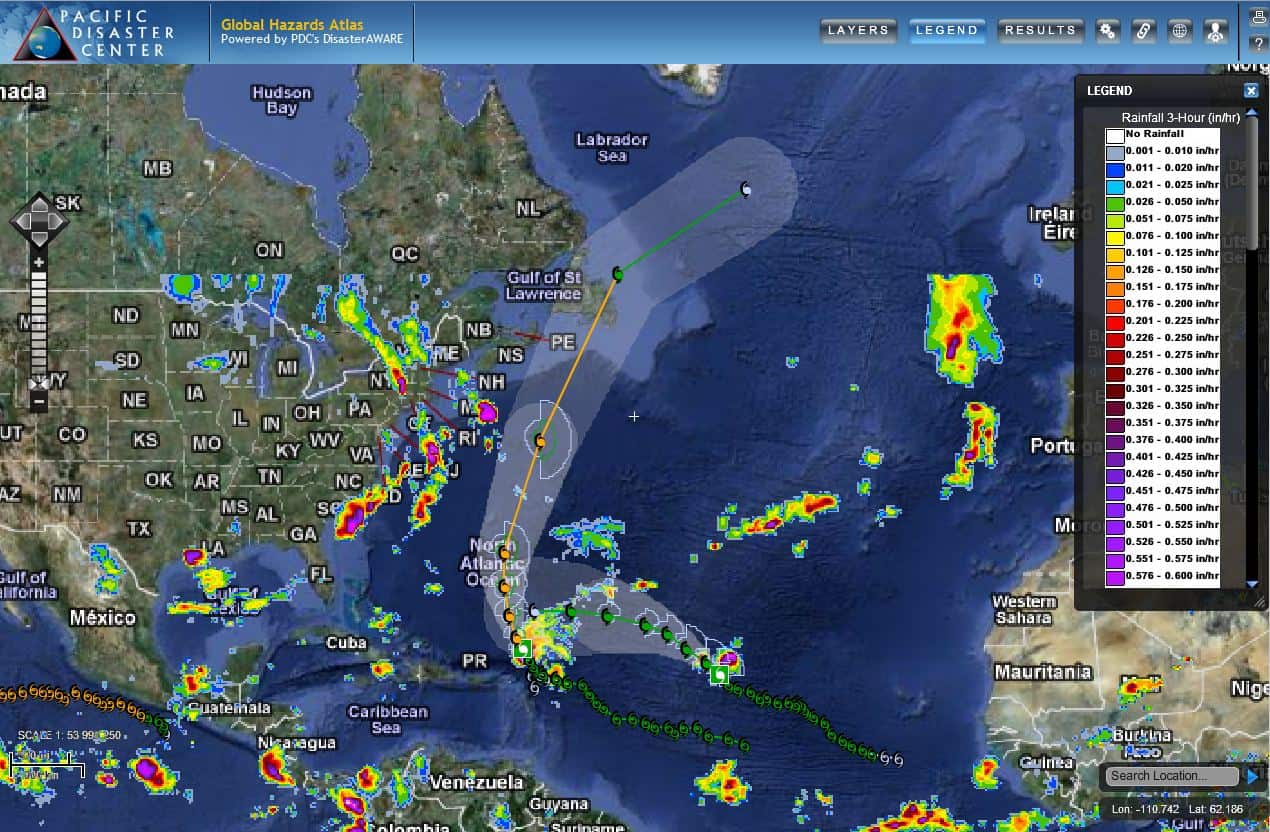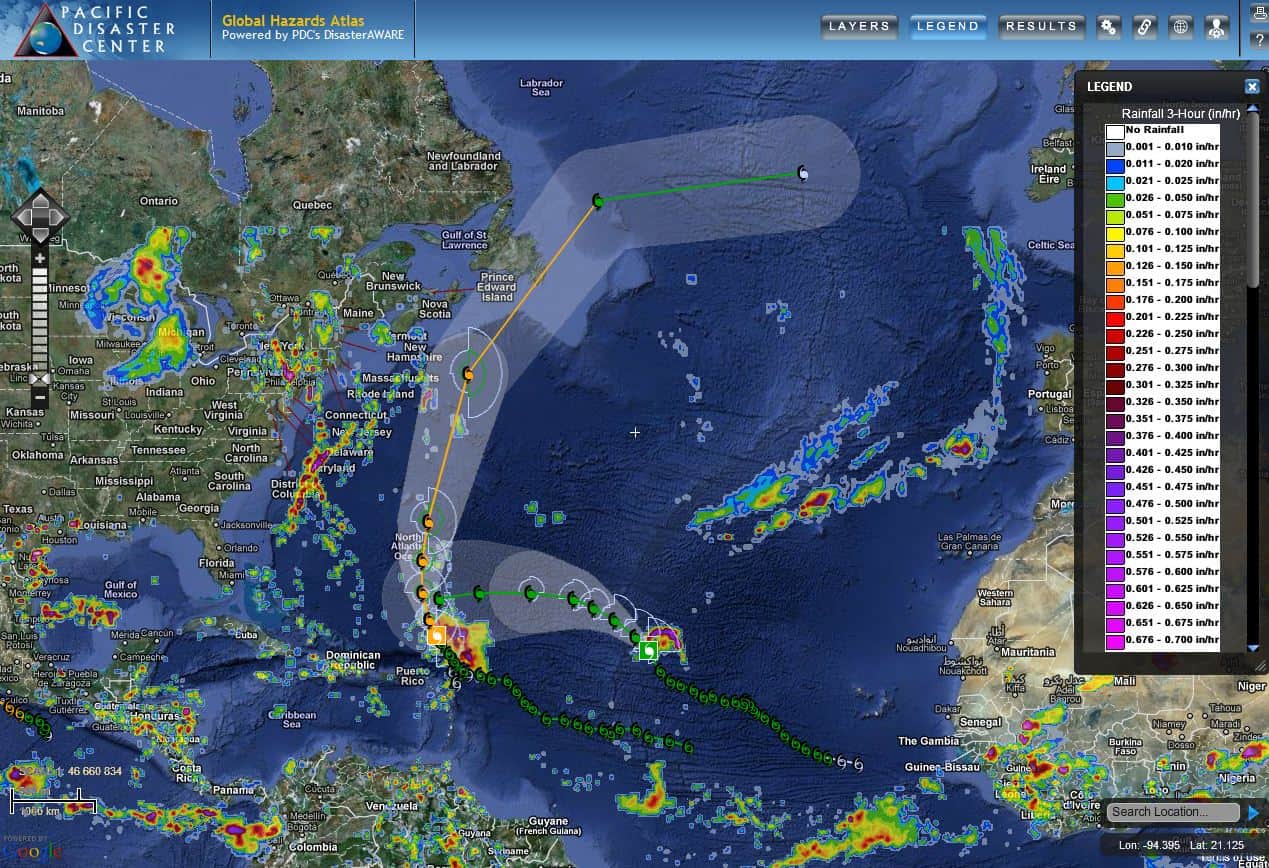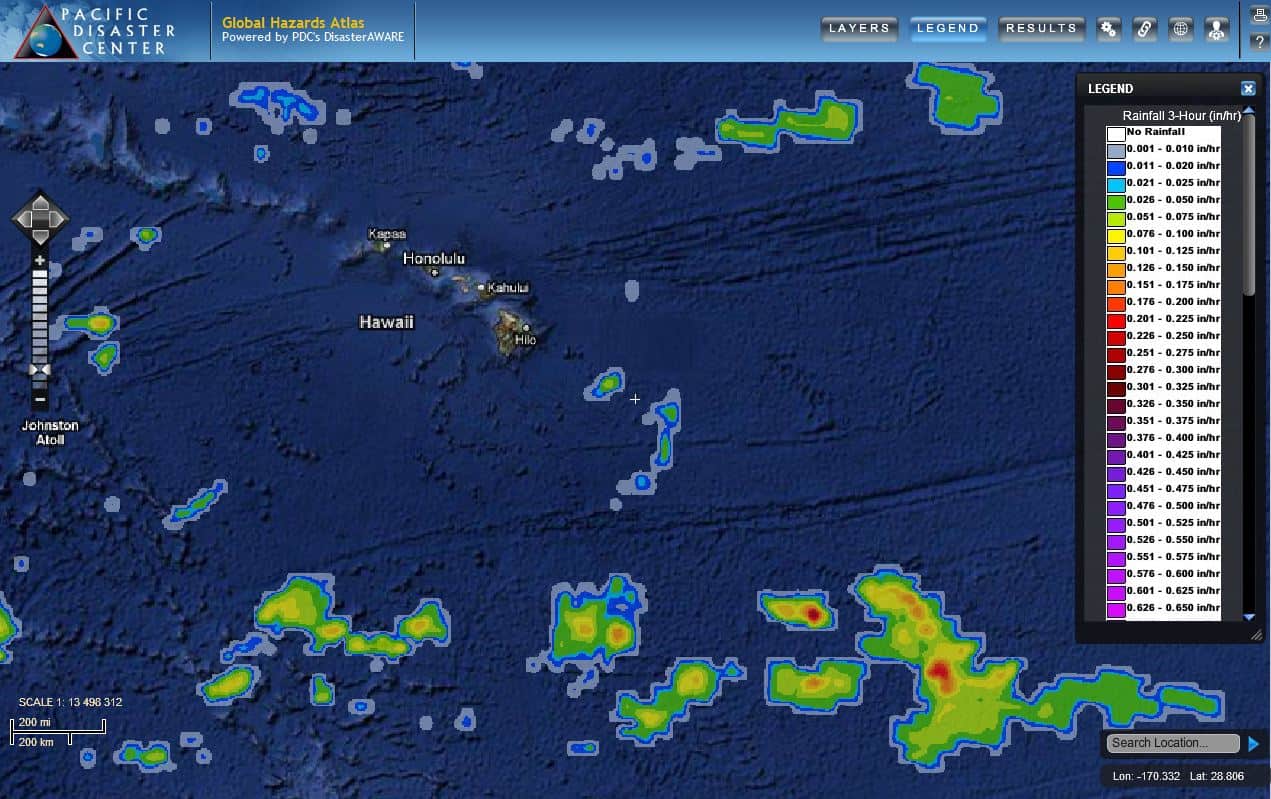A partnership between the NASA Disasters Program and Pacific Disaster Center (PDC) is bringing together world-class scientists and leading industry experts to develop new global landslide and flood modeling capabilities. The goal of the collaboration is to help alert disaster managers of the potential for floods or landslides once detected, or provide better information once underway in order to mitigate loss of life from these dangerous and frequent events.
“Pacific Disaster Center’s specialists are providing valuable insight into possible applications for NASA’s flood and landslide models, and highlighting gaps in capabilities we may be able to fill with our existing and emerging technologies,” said NASA Disaster Applications Program Manager Dr. David Green. “Furthermore, the Center’s DisasterAWARE application, which serves a global community of disaster management professionals, makes it an ideal channel for operationalizing the delivery of this critical information and getting it into the hands of decision makers.”
PDC’s Director of Applied Science, Joseph Green, cites great progress over the years in the use of observational and sensed data, but emphasized a major gap in this type of information for global floods and landslides in the field of disaster management. “Until now, there hasn’t been a reliable or comprehensive global source of flood and landslide data available to inform disaster response, planning, and recovery. The work being done by the NASA Disasters Program to advance landslide and flood modeling technologies, combined with our team’s ability to integrate, contextualize, and communicate the information, is a game-changer for disaster management on a global scale.” To shed light on the magnitude of the problem, Green referenced statistics compiled by the Centre for Research on the Epidemiology of Disasters (CRED). Based on the 2018 data provided by CRED, floods affected 34.2 million people—more than any other type of natural disaster—and inflicted 19.7 billion dollars in losses. While flood impacts substantially outweigh landslide losses, he said the two often go hand-in-hand during the onset of precipitation.
PDC’s Deputy Executive Director Chris Chiesa who oversees PDC’s participation the collaboration with NASA said, “One doesn’t need to look far back in the historical record to remember the damage and human suffering landslides inflicted on the population of Sierra Leone in 2017 and 2018. During the 2017 event, a single landslide affected more than 116,000 people and lead to the death of more than 1,100.” He continued, “With new technology to help anticipate the potential for landslides, we may be able to substantially reduce this type of suffering around the world in the near future.” Chiesa expects new landslide modeling and alerting capabilities to be available in PDC’s DisasterAWARE platform sometime next year, with flood capabilities following soon thereafter.
Follow us on Facebook
#SaferWorld #DisasterAWARE


